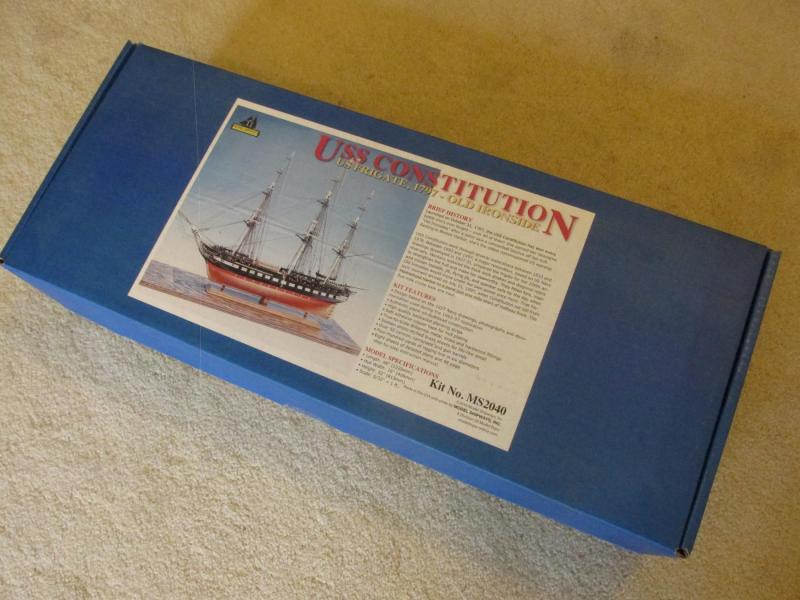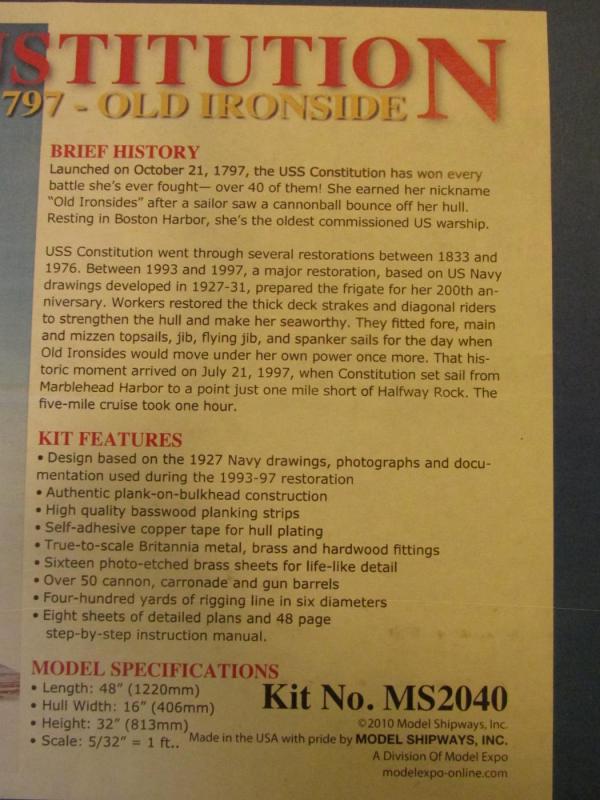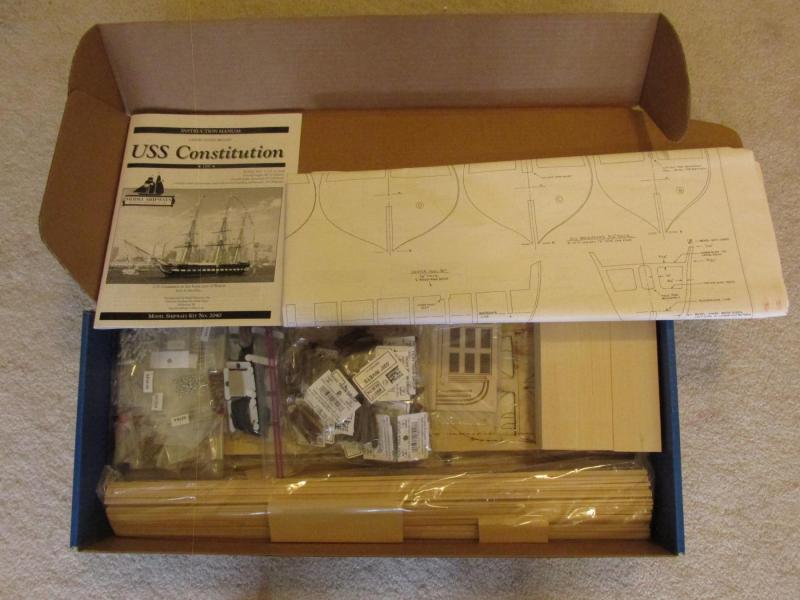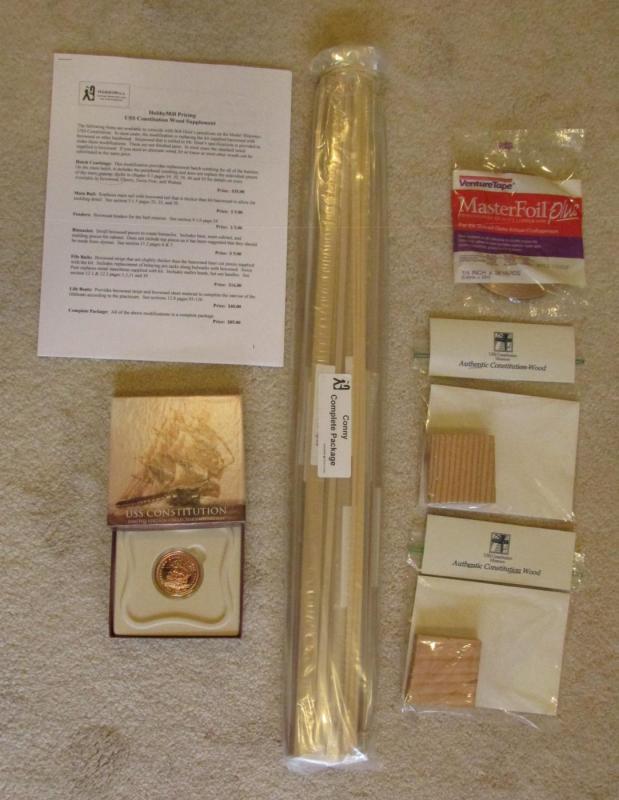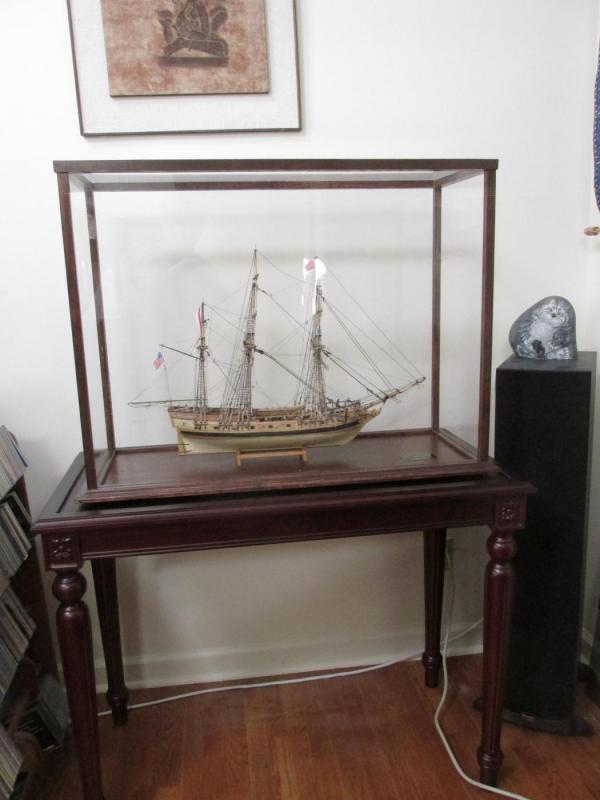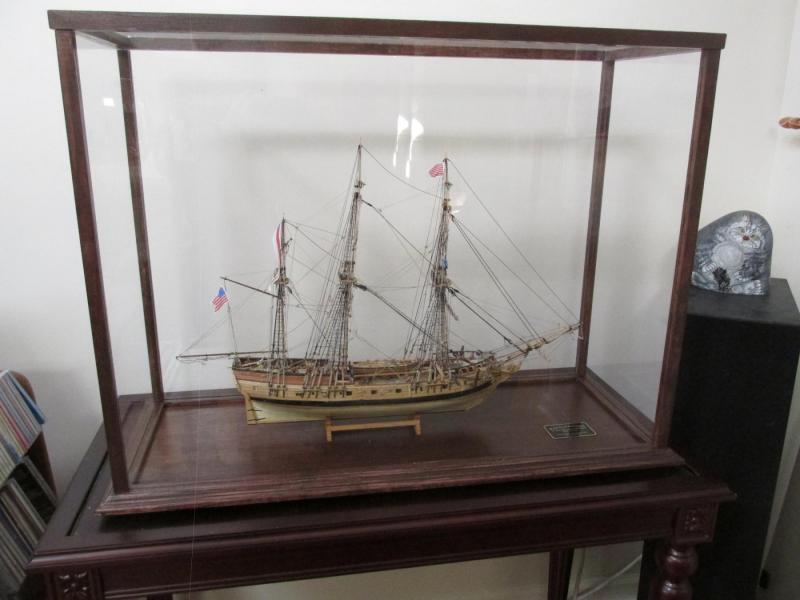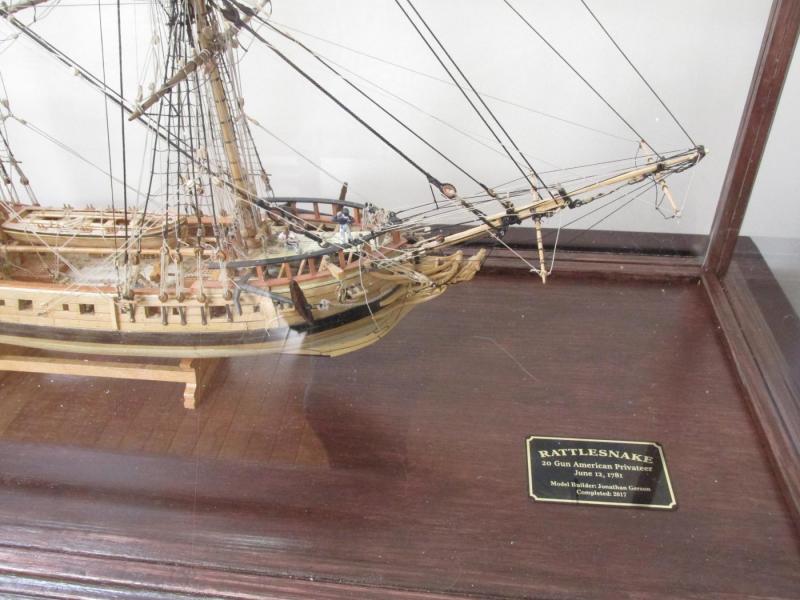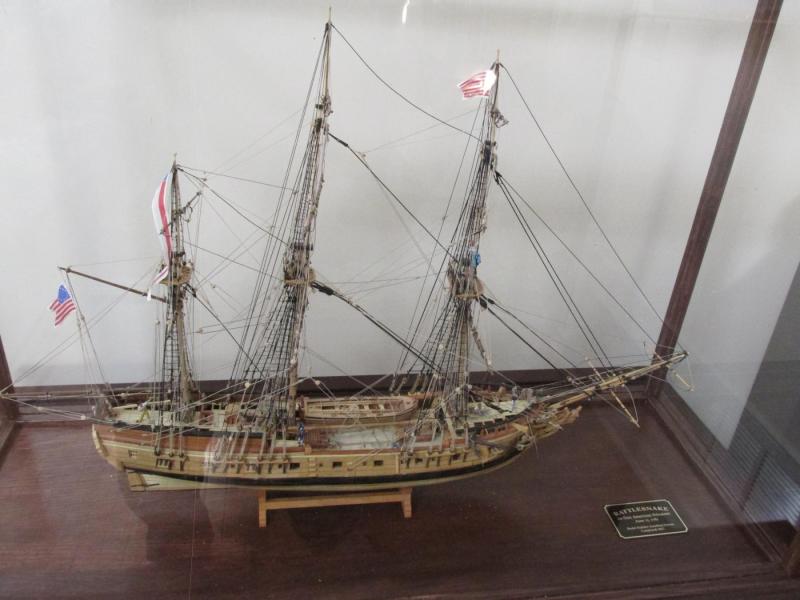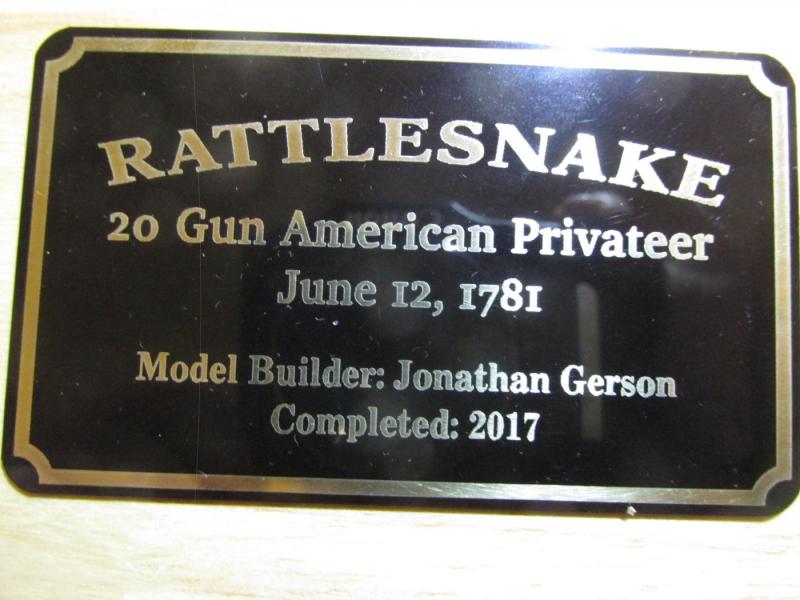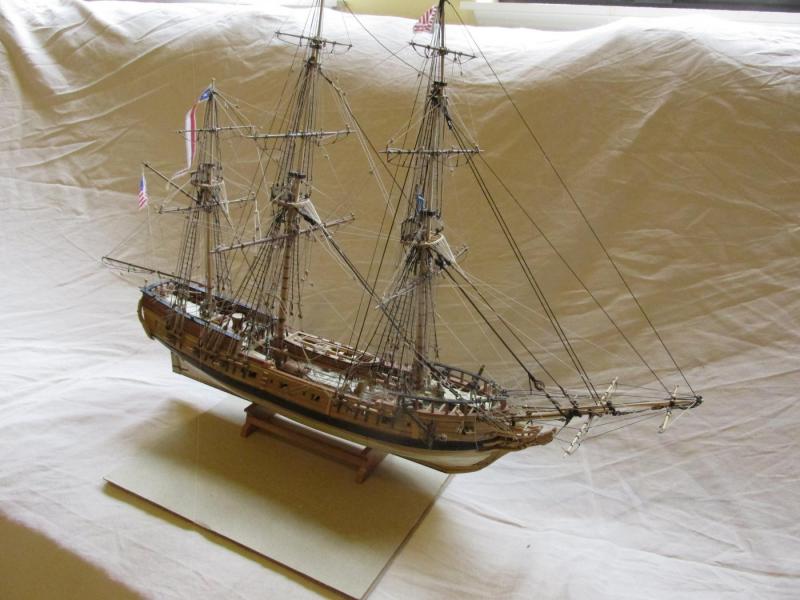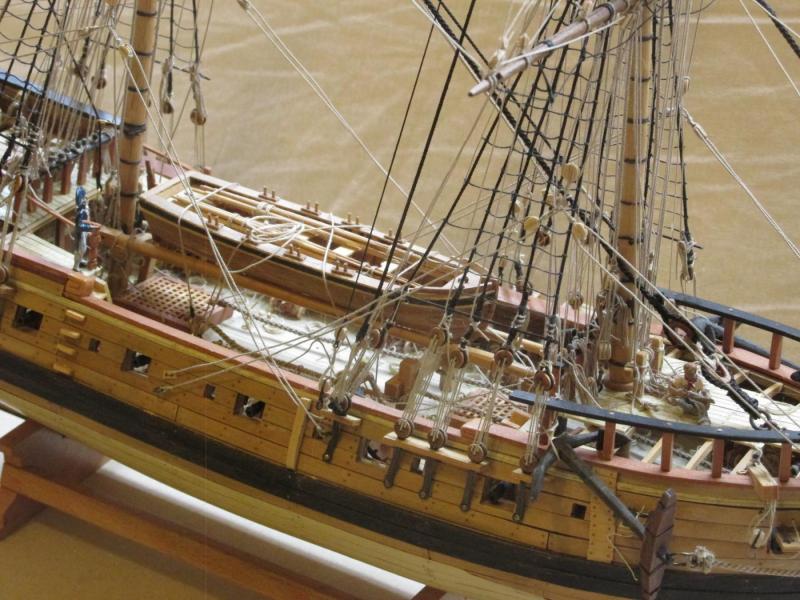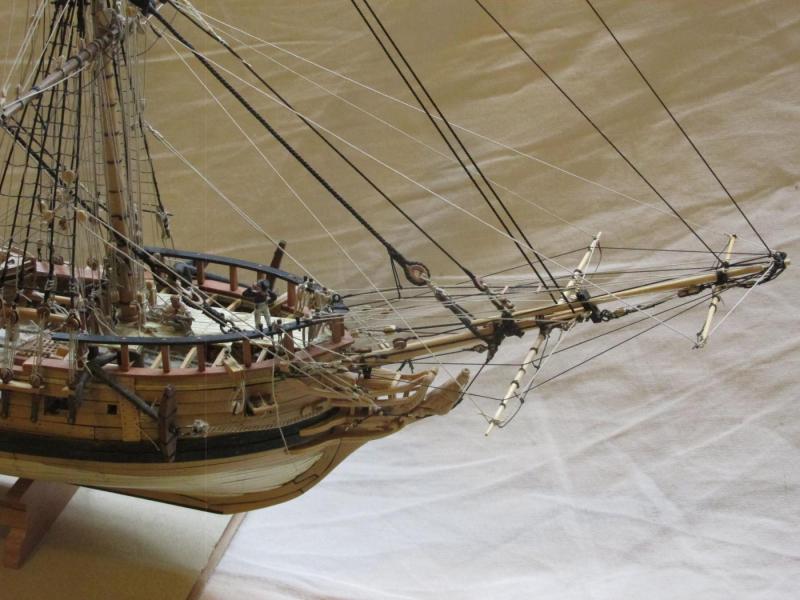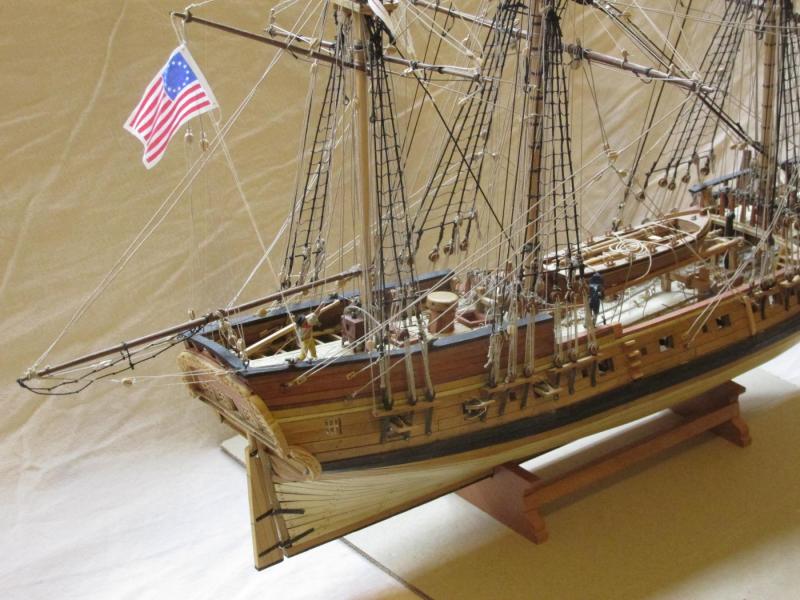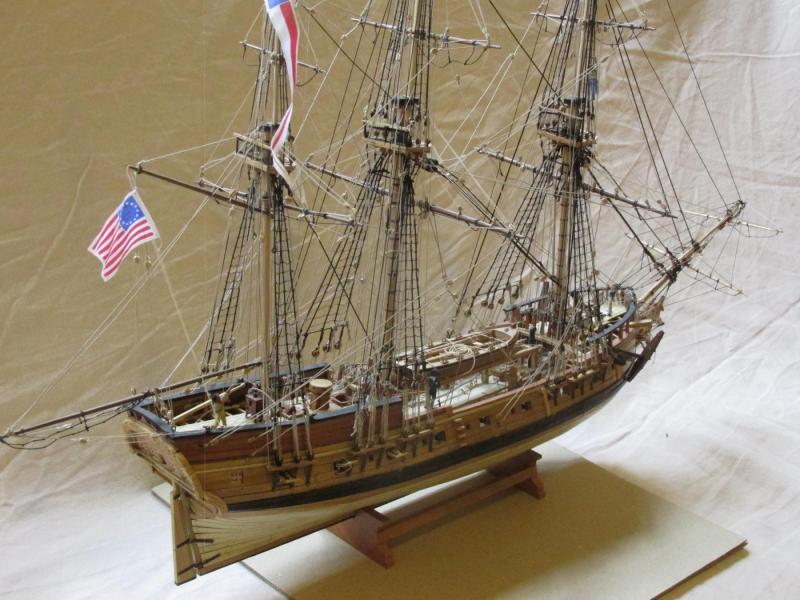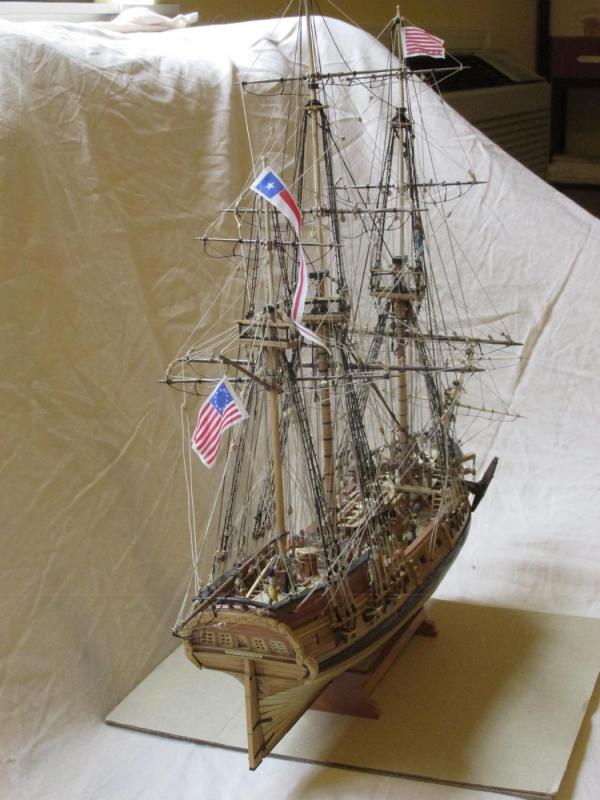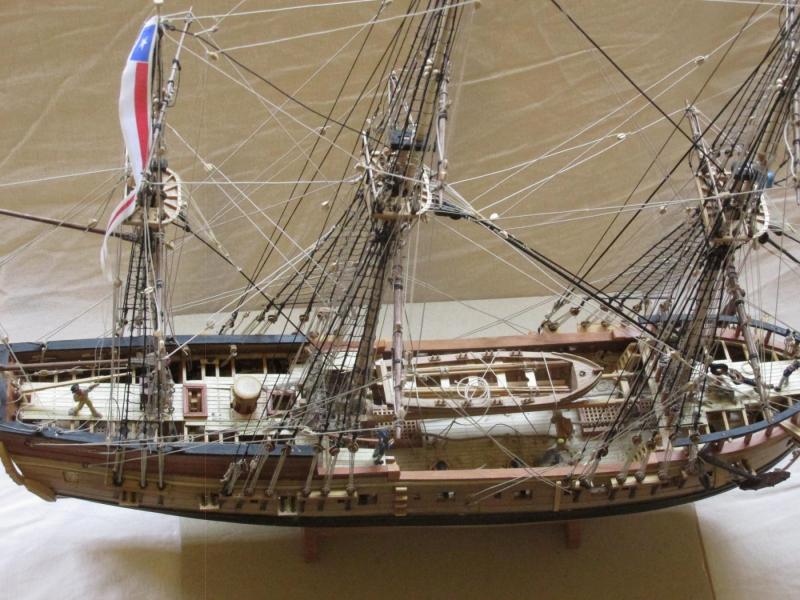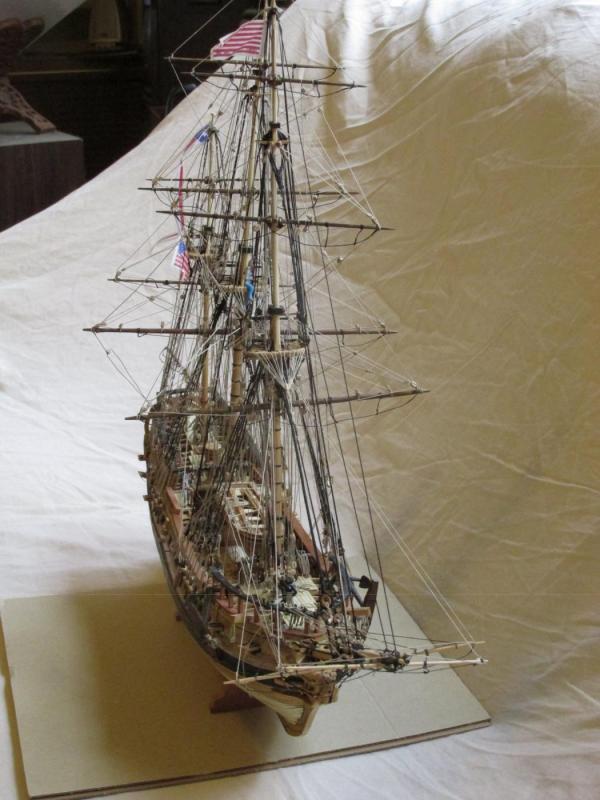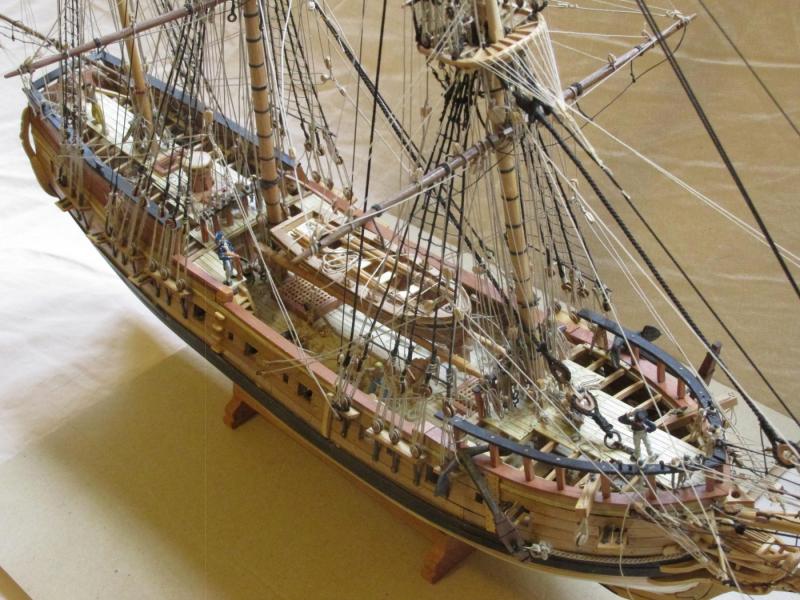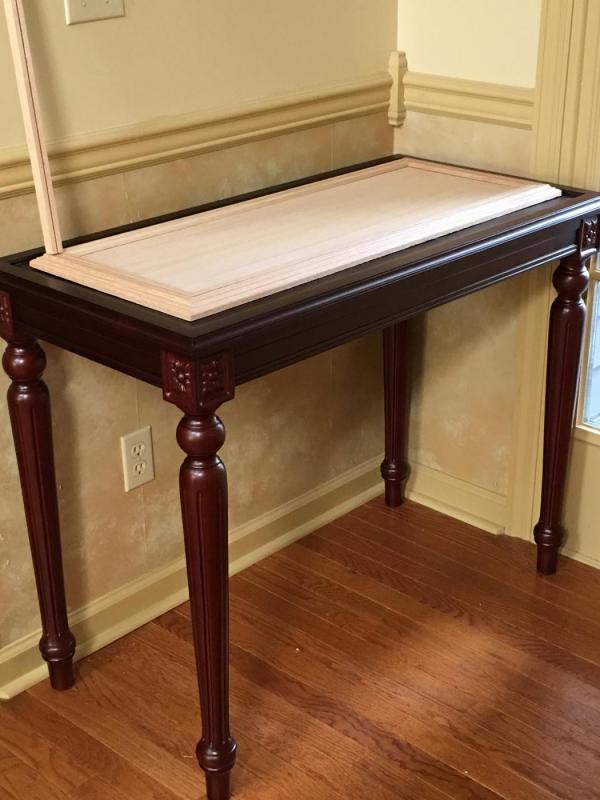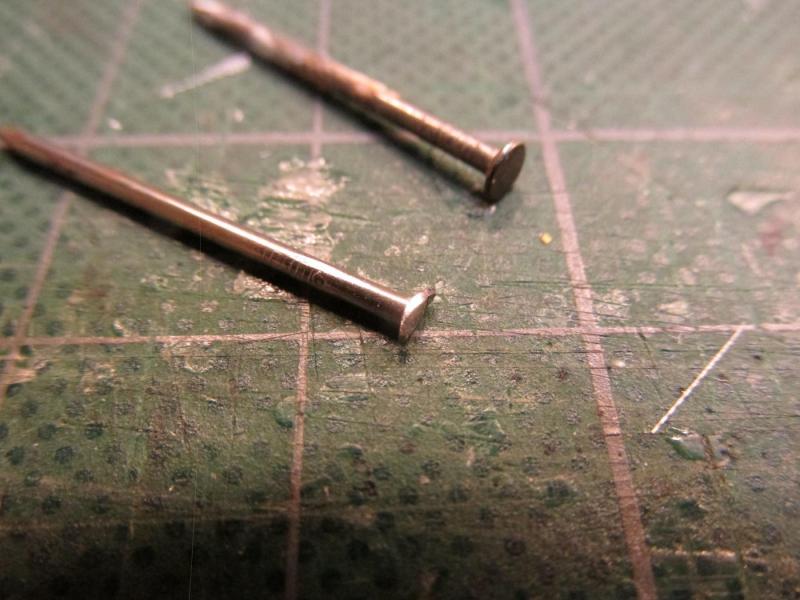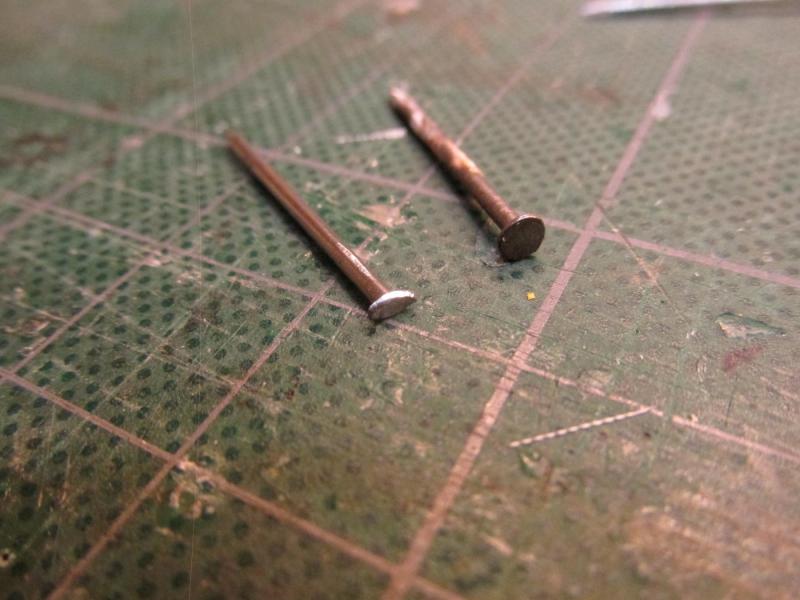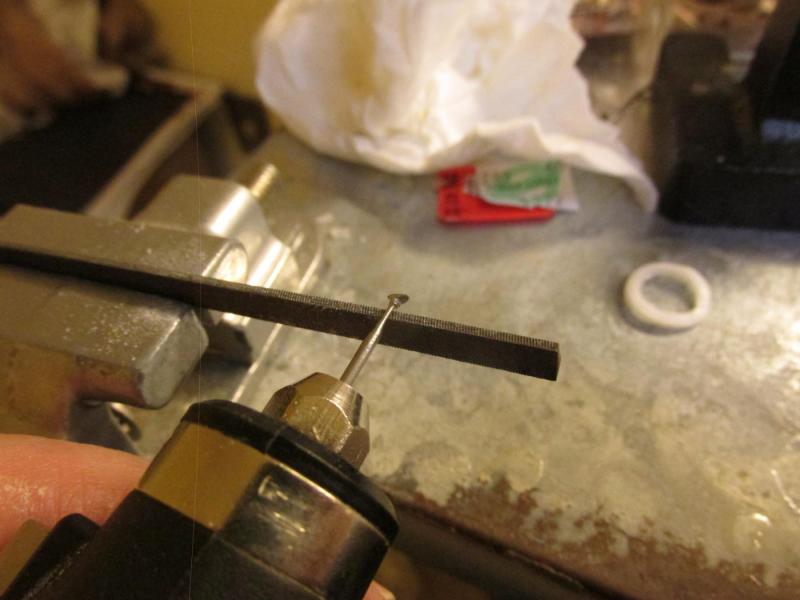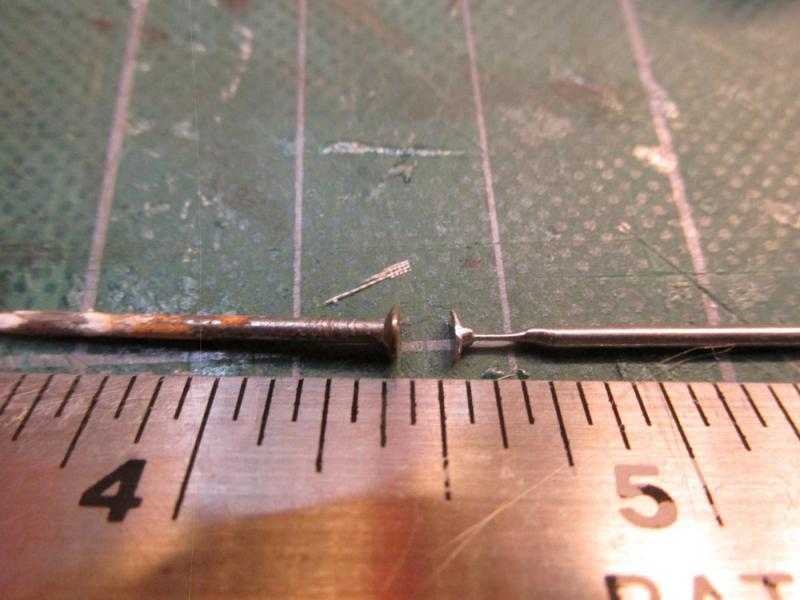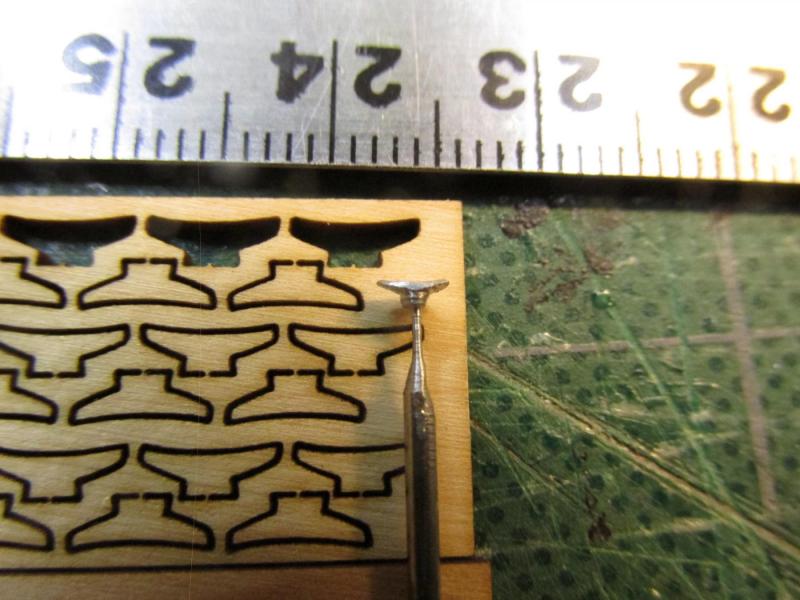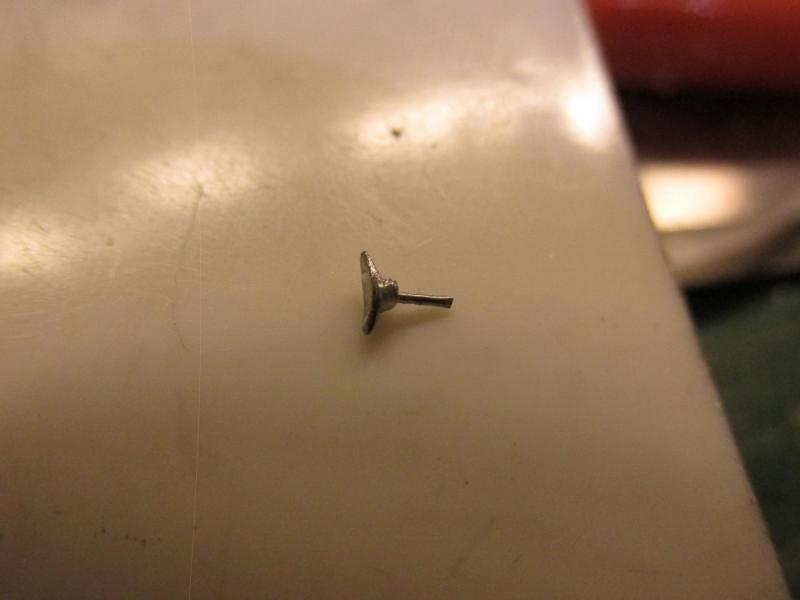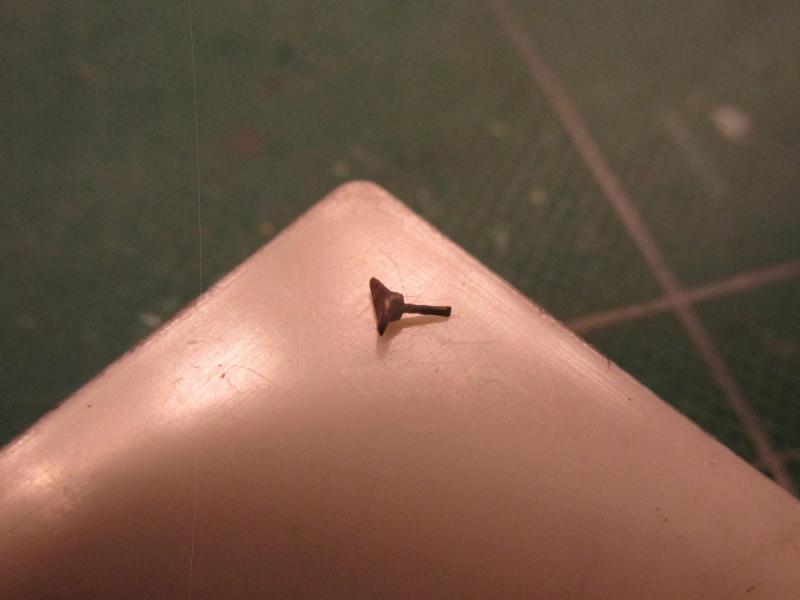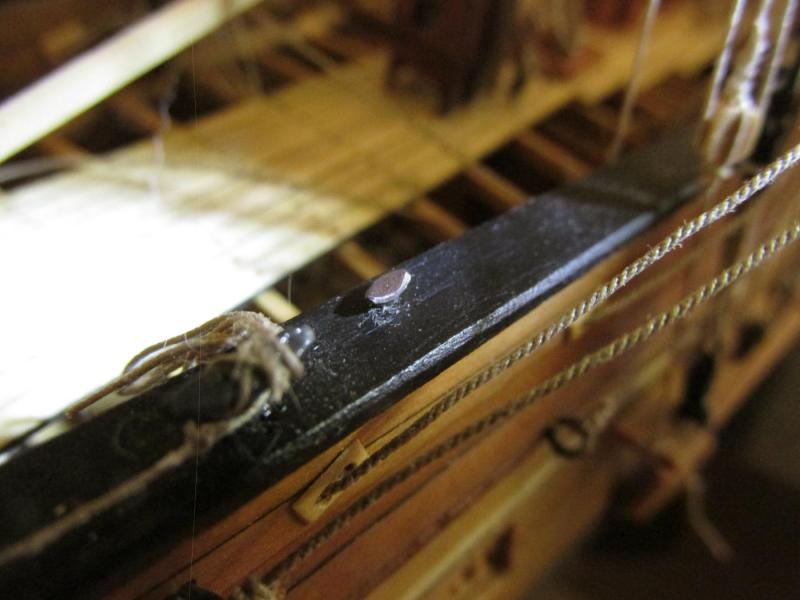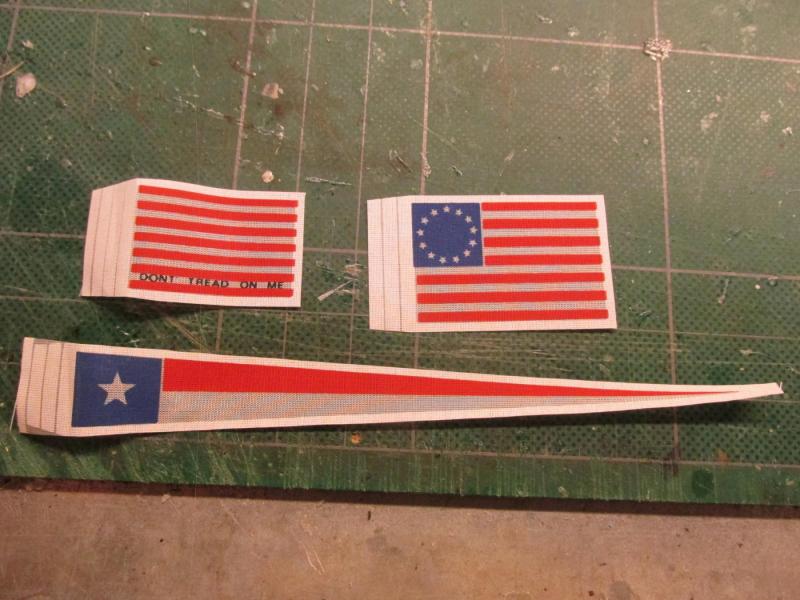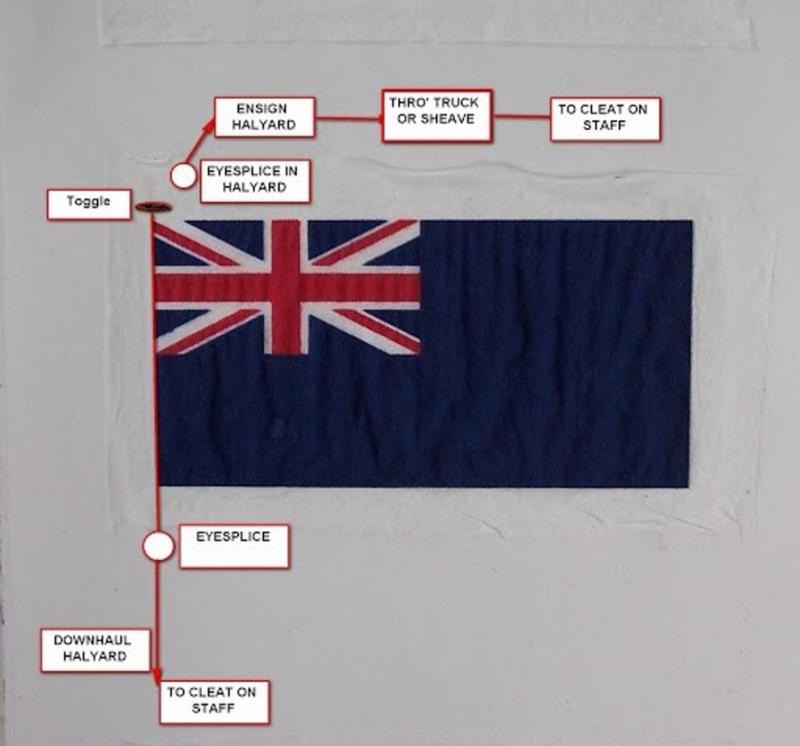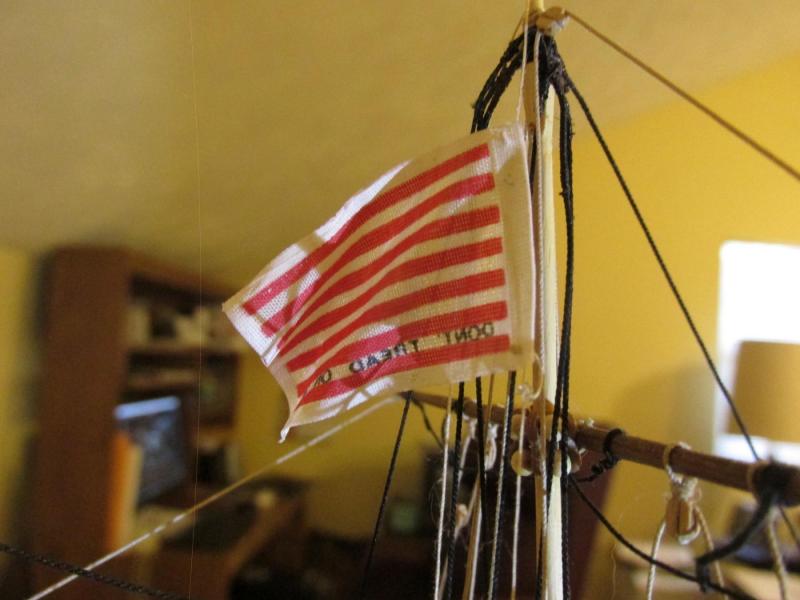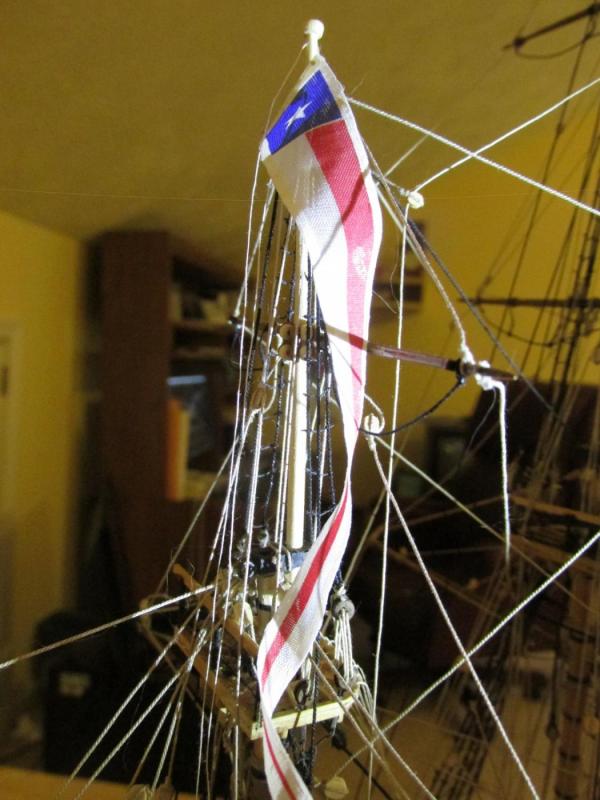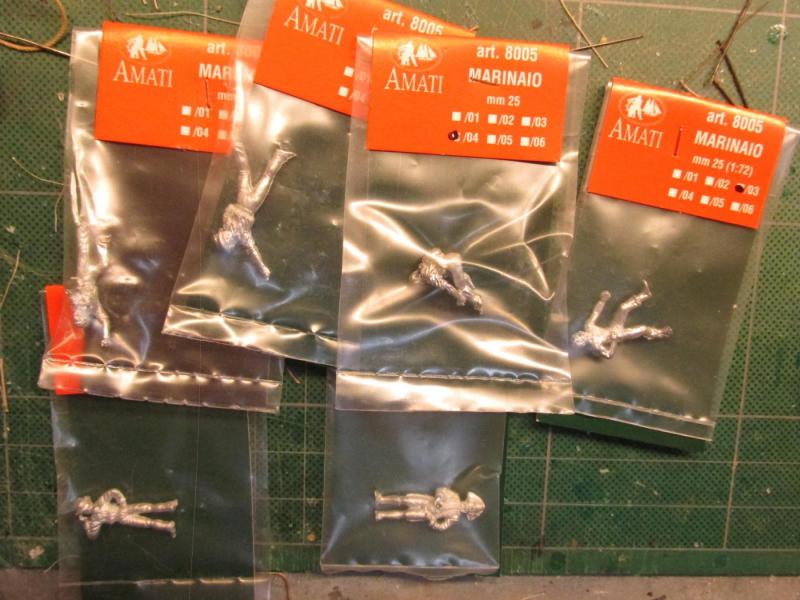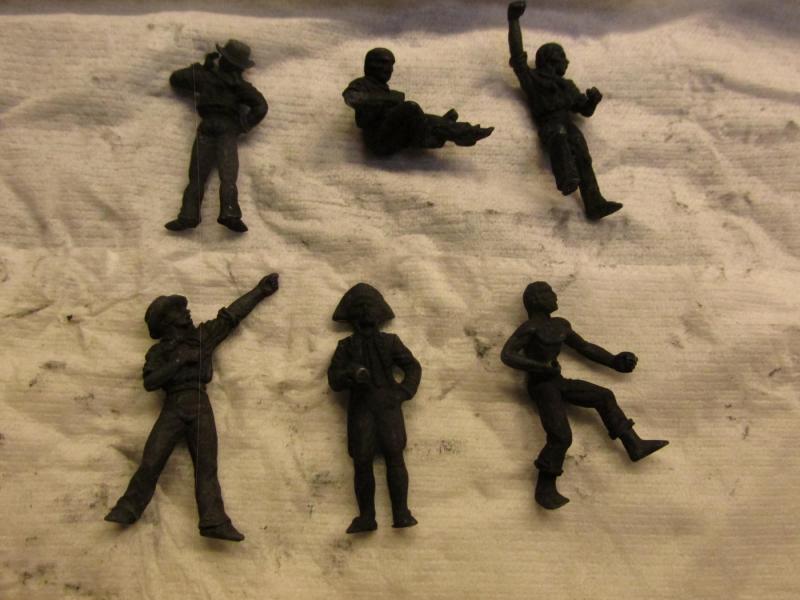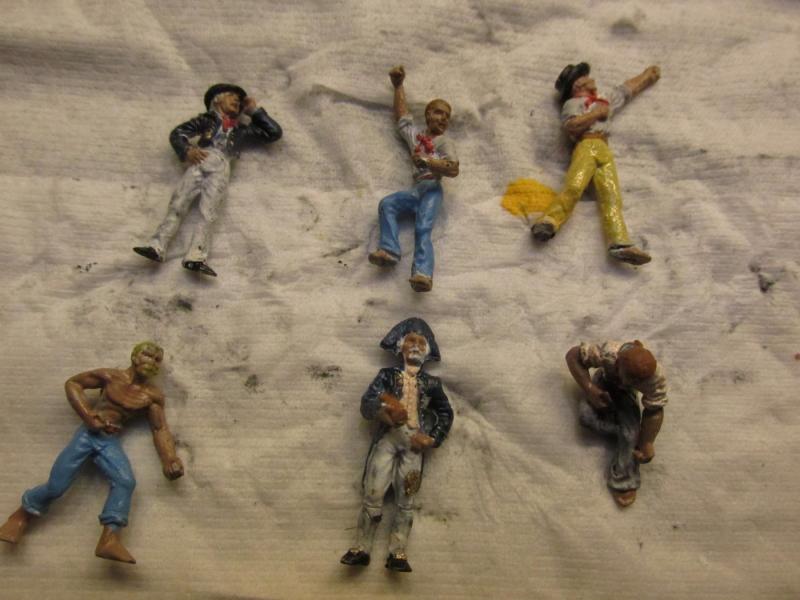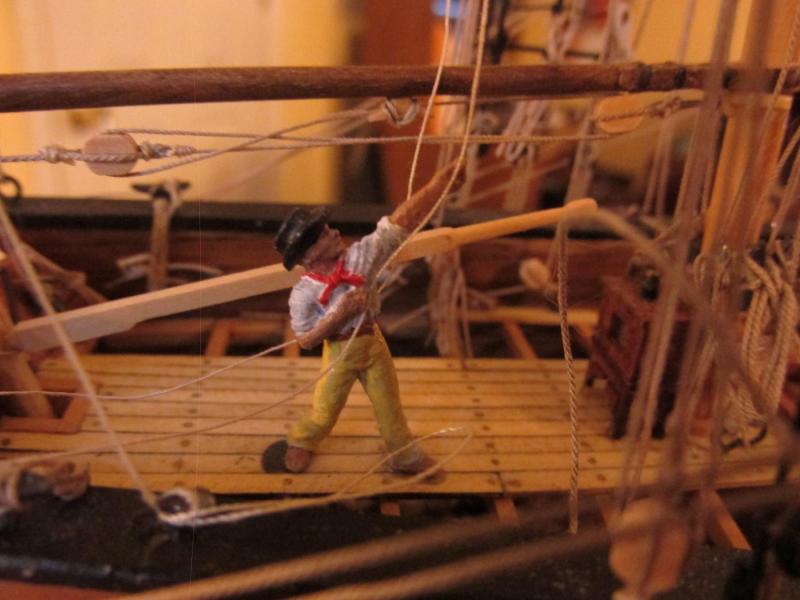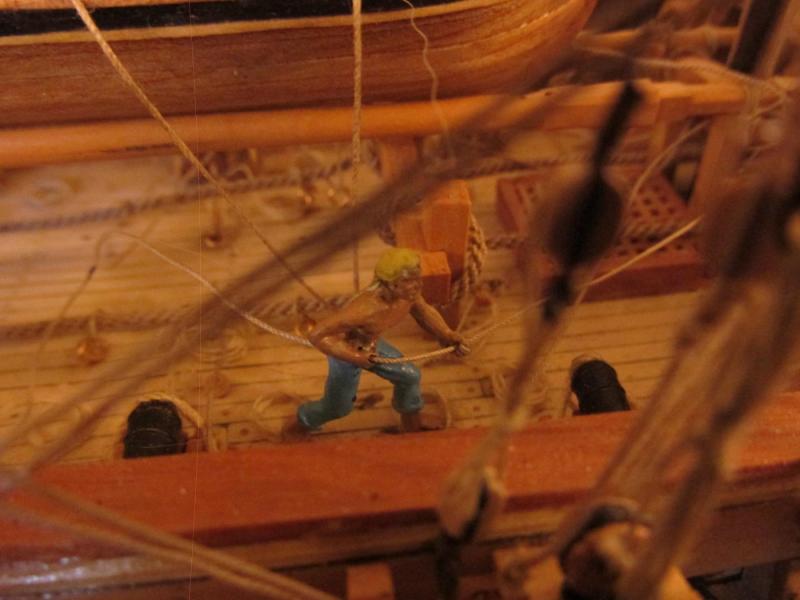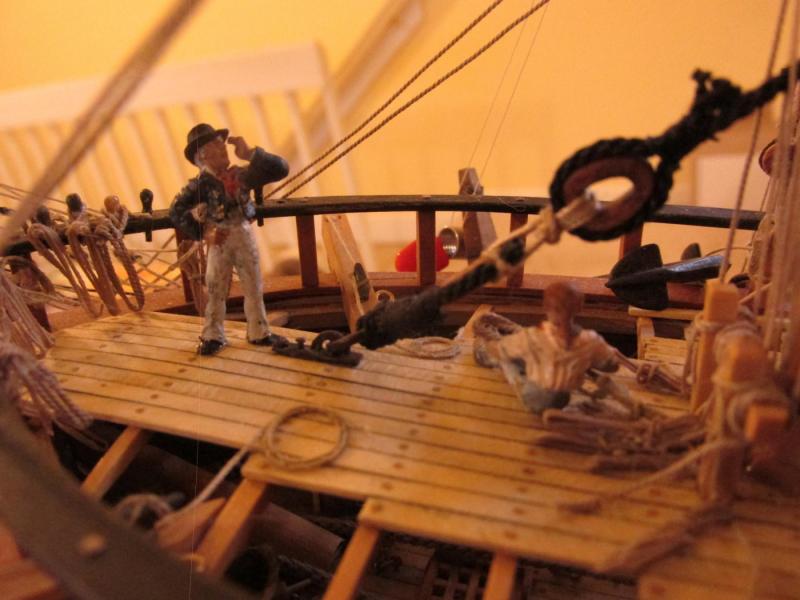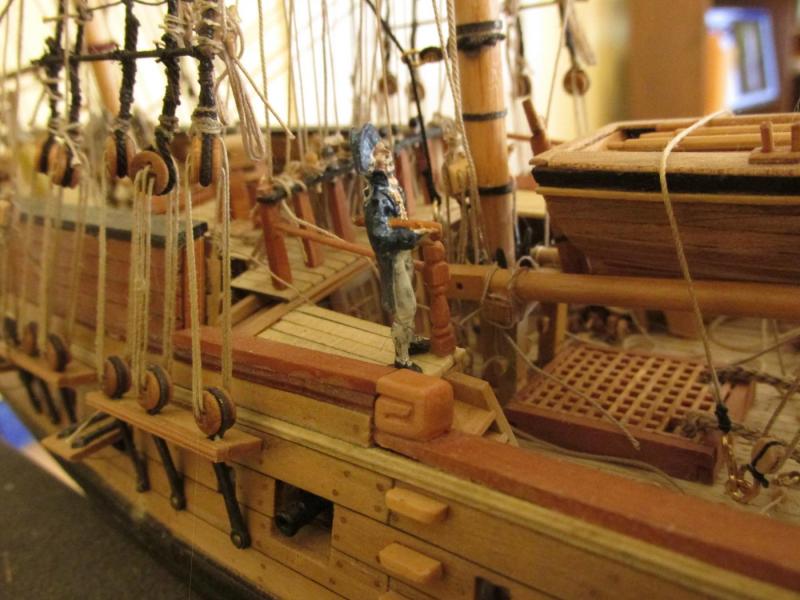-
Posts
2,611 -
Joined
-
Last visited
Content Type
Profiles
Forums
Gallery
Events
Everything posted by JSGerson
-
I checked the contour again and it was very close to what the plans required, so I cut out the knee and apron with my 40-year-old Dremel scroll saw. One of these days I’m going to get a new one that doesn’t vibrate so much and is a lot quieter. With a few minor adjustments with a file, they fit!!! I felt a whole lot better now that it was done right
-
Looking at the pieces to be cut, I began to wonder if they (especially the knee) would even fit on my boat shell. Using a contour gage, I took the profile of the transom. Not only did my transom not match the plans, it wasn’t even close. My boat transom contour better matched the outer surface of the knee than anything. I needed to remove more material in the bottom corner where the knee was supposed to fit. If you look at the boat’s plan above, it shows the transom to be 1/32” thick. That is paper thin if you carving it, which I was. The only way I could achieve that thickness would be to slice off the transom and rebuild it with 1/32” planks. My Byrnes saw can only cut at best 1” thick pieces. I wouldn’t attempt this with a hand saw even if I had one. Due to the confined space in the bottom corner of the transom, as best I could, I removed as much material as I dared using my rotary drill. I used a ball cutter for the wholesale removal and various shaped diamond tipped metal grinding heads for finer removal. The grinding heads removed material slowly for better control. Putting the shell up to the light, I could almost look right through the wall. Bob Hunt in his practicum actually wore right through his boat and had to make repairs.
-
Once the shells were sanded, 3 coats of Minwax Polycrylic were applied with fine sanding in between. The next step was to add the frame ribs. Starting with the Pinnace, the kit calls for 1/64” 1/32” (0.016” x 0.031”) stock material. Bob Hunt in his practicum chose not to use wood, but substitute Evergreen 020" x .040" styrene strips styrene strips (Evergreen No. 122) because “they bend easily to conform to the interior shape of the boat.” Since these parts are going to painted, struggling to bend the wood made no sense, I agreed with him. I did not have any styrene strips in stock however; I had to order some. Looking at the Pinnace plans, I noticed that the boat’s stern knee and apron (like an interior stem) are mount directly to the boat’s shell whereas the Keelson rests on top of the frame ribs. Therefore, I could move ahead and install those or at least make the parts while waiting for the styrene…or so went the theory. I made a copy of the profile plan of the pinnace to use as a template to cut out the shape from 1/16” x 5/64” boxwood (my choice of material) since I like it a lot better than the kit’s basswood. It’s a hardwood and holds an edge much better than basswood. I cut out the knee and apron templates and rubber cemented them onto the stock boxwood (left over from my Rattlesnake).
-
Could the some of the longer bristles that were cut off be used for the MS 1:76 scale model? Yours is 1:60.
- 742 replies
-
- constitution
- frigate
-
(and 1 more)
Tagged with:
-
No, I bought the table separately from Proxxon. The tricky part is getting orientated perfectly on the press. I use clamps but should have some bolts.
- 481 replies
-
- rattlesnake
- model shipways
-
(and 1 more)
Tagged with:
-
I also made my Rattlesnake's euphroe with a Dremel clone rotary drill. I had the advantage of a Dremel drill press stand for their drill plus an X-Y table which allowed me to measure the exact fine spacing between the holes by the number of turns on the crank. The drill press rig ensured that the holes were all perpendicular. From what I can see, you did a very nice job. Jon
- 481 replies
-
- rattlesnake
- model shipways
-
(and 1 more)
Tagged with:
-
The bottoms were then glued on, the stems cut off, and the final shaping of the boats commenced. The final shaping was done using just files and sand paper. Following the lead of xKen, I used 3M Acryl-White Glazing Putty as a wood filler to smooth out the little inconsistencies He also suggested Bondo Glazing & Spot Putty – I just found the 3M version first. I just smeared it over the void waited about a ½ hour for light coats and a bit long for the thicker ones then filed or sanded off the excess.
-
OK, it been almost two week since my original post and as I had mentioned before, I’ve deviated from the practicum by starting on the ship’s boats first. These boats are designed to be built as a layer cake, a method I have never done before. Using the tabs of each layer, the pieces are aligned for gluing. Having read numerous other logs, I knew not to glue the bottom layer so as to allow better access to the interior for carving, something the practicum did not do. Using my piece of nuclear grade stainless steel block of scrap metal I obtained many years ago, while working as a Quality Assurance Engineer at a nuclear power plant project (doesn’t everyone have one??), I simply weighted down the layer as they dried.
-
Thank you all! I did not realize I had created a "following" who looked forward to my next endeavor. I hope I won't disappoint. Right off the bat I've deviated from the practicum and jumped into building the ship's boats first. I will post my comments and pictures soon; but if you've followed my Rattlesnake build, "soon" is a relative term. 8-)
-
Very nicely done. If my experience with the Rattlesnake's crowsfeet are anyway typical, I don't think you should have any problem with them. Neither Mamoli nor MS's plan indicate the use of crossfeet but I added them anyway. I just followed the reference books and it worked. Jon
- 481 replies
-
- rattlesnake
- model shipways
-
(and 1 more)
Tagged with:
-
USS Constitution - Model Shipway’s Kit No.: MS2040 “Old Ironsides” 1797 Frigate Scale: 5/32” = 1 ft. (1:76.8) This is my second POB square rigged ship; I spent about seven years building my first, Mamoli’s Rattlesnake. Like the first one, I will be following Robert Hunt’s practicum, but unlike the first, I have a multitude of excellent build logs and books to supplement it and help guide me through the inevitable pitfalls that are sure to raise their ugly heads. Hopefully, based on this and my hard-earned experience with the Rattlesnake, it won’t take another half a lifetime to build. Now for the obligatory part. Below is the kit box and contents. I won’t bore you with showing all the little packets that are stuffed in the box, that has been done very well by numerous other builders. I will state that in addition to what came with the kit, I purchased a few more items: · Robert Hunt’s practicum · Hobby Mill’s wood supplement package (based on Hunt’s practicum) * · Additional copper plate tape (as I understand it, the kit was a bit too frugal with their supply) · 2 - 2½” x 2½” x ¾” genuine pieces of USS Constitution wood ** · Medallion made from genuine USS Constitution copper plate. Not sure yet how or if it will be used. * Wood package purchased before HobbyMills closed shop. The supplement package was derived by HobbyMills where Mr. Hunt made his substitutions in the practicum. It was not identified as a package that could be purchased in the practicum. I have the original price list which describes what the wood is being substituted for and where in the practicum it is being described. If anyone wants a copy of the supplement wood list, please send me a PM. ** Constitution wood was purchased from the museum just before the ship went into drydock, December 2014. I have since tried to get a larger size for the keel or nameplate but accordioning to popeye2sea (who as I understand it volunteers on the ship), the US Navy is withholding any more wood from the public for now for reasons unknown. The museum told me, maybe in the Spring sometime. This will be my third attempt at constructing this model. The first attempt was done when I was a child building Revell’s small plastic model which I really botched. I hadn’t yet learned to read and follow instructions, but just dove into assembling the parts with expected results. My second attempt was as a young teenager and when the wounds of that failed build had waned, went a bit better. This time I got the larger plastic model. I did follow instructions and even painted the parts but had absolutely no idea how a rigged ship worked let alone how the lines were attached or what they were for. It looked decent to my young ignorant eyes at the time. Both models met their demise at my hand with firecrackers; usual method of disposing such items This time I expect a glorious finish…I hope.
-
Gregory - I wasn't kidding about not having a woodworking background. When I started the Rattlesnake I owned some screwdrivers, a hammer, some wrenches, you know, your typical household repair stuff. I did not own a saw. When I started to buy tools, they were all for the model making. So I now have a Brynes saw, a Brynes thickness sander, a 35 yr old Dremel scroll saw, and rotary drills with a drill press accessory. Any wood working stuff I have is all for model making. I still don't own any full size wood working tools. 8-) Jon
- 974 replies
-
- rattlesnake
- mamoli
-
(and 1 more)
Tagged with:
-
FINISHED Well here they are, the last planned official images of my Rattlesnake, safe and snug in her case. For those who followed my loooonnnnnng and s l o w build over the past seven years, once again, thank you for being so patient and thank you for all the “likes.”
- 974 replies
-
- rattlesnake
- mamoli
-
(and 1 more)
Tagged with:
-
Name Plate I had a name plate made from a local trophy shop. I gave them a mock-up I created in Powerpoint, and they reproduced it beautifully.
- 974 replies
-
- rattlesnake
- mamoli
-
(and 1 more)
Tagged with:
-
KenW - I got the 1/8" plexiglass at my local glass shop (auto and other repair). I initially tried Lowe's but they were all out. The I went up the street to Home Depot (they always seen to come in pairs, don't know why) and they did have it but they would not custom cut it like Lowe's would have. The third try was a charm; the glass shop had it and custom cut for me. They even re-cut it again (no charge) when I realized my dimensions were a little off and it needed a minor trim. I had to get 1/8" thickness because that is what the case required. Once the wooden frame was around the plastic, the panels were very sturdy. The case (No. GM7W) I got from Model Expo as I mentioned in post #949 above Hope this helps To all - Thank very much for your "likes" and following me on this long slow journey. Once I've buttoned up the model in the display, configured and customized my new computer, and taken a small breather, stay tuned and I will start the next journey on the USS Constitution Jon
- 974 replies
-
- rattlesnake
- mamoli
-
(and 1 more)
Tagged with:
-
The last pictures will be posted when the case is finalized, the model cradle is tweaked, and the model is inside.
- 974 replies
-
- rattlesnake
- mamoli
-
(and 1 more)
Tagged with:
-
The height of the case can be shortened by slicing off the appropriate amount from the vertical frames. I cut 4” off. The frames have a 1/8” square groove on two adjacent sides for glass or in my case plexiglass. I didn’t relish the thought that the case could conceivable break and the glass shards do irretrievable damage. The only real problem I had was that the case assembly instructions stated that the vertical posts needed to be predrilled to accept the wood screws so that the post would not split. I made the mistake of assuming that the drilled holes were to be dead center of the cross section of the posts; it was not. I should have marked the drill point from the predrilled hole in the top frame the post connected to. So the holes did not line up properly and I will have to fill with plastic wood and re-drill. I have no woodworking background, so live and learn.
- 974 replies
-
- rattlesnake
- mamoli
-
(and 1 more)
Tagged with:
-
The flag on the Mizzenmast is not belayed on the model as it is being “hauled” by a sailor figure. The Foremast flag is belayed to the bitt rail. That’s it. The model is complete and it only took me 7 years! Display Case I also worked on the display case and table. I purchased a Rosewood table from HandcraftedModelShips.com and case I got from Model Expo three years ago during a sale. They don’t make the cases but contract out to White's Woodworking in Osceola IA. The case was made from Red Oak without any finish which meant I could/had to stain it the obvious color, Rosewood. I couldn’t find any Rosewood stain locally and had to order it on the web. It took three coats to get it as dark as the table. The shade is close enough although not perfect, but it will have to do. The first picture shows the table in a temporary location with the base board and one case frame pillar before any stain
- 974 replies
-
- rattlesnake
- mamoli
-
(and 1 more)
Tagged with:
-
Gaff Flag Cleat Then there was the old question I posed some time back when I was rigging the gaff. Where does the Gaff flag halyard belay? My initial though was to a cleat on the boom and as it turns out, the Mamoli plans show just that. However, at the last NRG convention in San Diego, a two-masted schooner ride was offered to the members which I partook. I noticed that when the sails were lowered, they covered the booms and any cleat that would have been there would have been buried under hundreds of pounds of sail canvas. Also, my research indicated that flag halyards are belayed at any convenient point on the deck. So, I decided to add a cleat to the aft railing. Flag halyards are probably the smallest diameter rope used on the ship and I figured that any of the cleats I had were too big including Syren’s 5mm. Using a technique I developed when I was building the Mini-Mamoli solid hull schooner Evergreen, I made a 2mm metal cleat. Using a nail intended for a picture hook, I filed off the opposites of the nail head. By shaping with the file the remailing head and bending them slightly upwards, these would become the horns of the cleat. I also filed the shaft just under the horns to make the nail shaft a bit oval. This was the cleat. I needed a way to fasten the cleat to the rail so I formed a pin by putting the nail into a Dremel drill and very gently ground the shaft to the thickness of a #75 drill bit (0.021”) using the edge of a small file. The cleat was cut off the shaft and then blackened. I wanted to place the cleat on the inside edge of the rail, but at this stage of the build, there was no way I could do that. It was placed on top. I documented the rudiments of this technique (excluding the pin) some time back on The Kit-Basher's Guide To The Galaxy blog.
- 974 replies
-
- rattlesnake
- mamoli
-
(and 1 more)
Tagged with:
-
Flags The kit flags were made of a stiff material and should hold their shape. I soaked them for a few minutes and they softened up a bit and added the wind contours. The kit instructed me to fold the side border material over the halyard line to fasten flag. I didn’t do that. After a bit of research I came upon a number of posts on this site which showed a flag diagram originally posted by Blue Ensign explaining how a flag is attached to the halyard. I followed his lead.
- 974 replies
-
- rattlesnake
- mamoli
-
(and 1 more)
Tagged with:
-
It’s been a while since my last post and believe it or not, some things were accomplished. I think I have belayed the remaining lines (you never know where a loose one may be), and repaired the anchor tie down and the gunport doors. Sailor Figures In addition to the list of things to do posted above, I forgot to mention I wanted to add some “scale” to the model so a while back I purchase some sailor figures to add to the final display. Taking a guess that the average height of a typical seaman, was 5’6” or 66”, at 1/64 scale that comes out to just a tiny fraction over 1 inch (25.4 mm). So, I purchased some Amati 25mm sailor figures. I had some 1¼” figures but that worked out to a sailor being 6’ 8”. I imagine there were seamen of that size, but not a whole crew. I found some images of typical sailor attire of the period and proceeded to do my best at painting them onto the metal figures. I prepared the figures by dipping them in the acid solution I used for silver soldering to clean them of any oils and impurities and to my surprise, they blackened (yes, I did check to see if I used the right bottle). The darkened metal did not affect the painting process. Using flat paints, a fine brush, and my magnifiers (eye loupes and headset) I proceeded on. When I saw the photographs I am posting, I noticed my fingers left some smudges giving them the appearance of being a bit grubby, not spit and polished. That work fine for me. These guys are supposed to be privateers, not regular navy
- 974 replies
-
- rattlesnake
- mamoli
-
(and 1 more)
Tagged with:
-
All my power tools are miniature: Brynes saw, Brynes thickness sander, rotary drill, and a 40 year old Dremel scroll saw that vibrates like crazy. I'd loved to get a milling machine and lathe, but as I have learned through school...the school of hard knocks, you don't buy a tool until you need it. I can't tell how many doohickys and thing-a-mabobs I've bought and never used. So I'm always window shopping and asking questions. Thanks for the prompt reply. Jon
- 742 replies
-
- constitution
- frigate
-
(and 1 more)
Tagged with:
About us
Modelshipworld - Advancing Ship Modeling through Research
SSL Secured
Your security is important for us so this Website is SSL-Secured
NRG Mailing Address
Nautical Research Guild
237 South Lincoln Street
Westmont IL, 60559-1917
Model Ship World ® and the MSW logo are Registered Trademarks, and belong to the Nautical Research Guild (United States Patent and Trademark Office: No. 6,929,264 & No. 6,929,274, registered Dec. 20, 2022)
Helpful Links
About the NRG
If you enjoy building ship models that are historically accurate as well as beautiful, then The Nautical Research Guild (NRG) is just right for you.
The Guild is a non-profit educational organization whose mission is to “Advance Ship Modeling Through Research”. We provide support to our members in their efforts to raise the quality of their model ships.
The Nautical Research Guild has published our world-renowned quarterly magazine, The Nautical Research Journal, since 1955. The pages of the Journal are full of articles by accomplished ship modelers who show you how they create those exquisite details on their models, and by maritime historians who show you the correct details to build. The Journal is available in both print and digital editions. Go to the NRG web site (www.thenrg.org) to download a complimentary digital copy of the Journal. The NRG also publishes plan sets, books and compilations of back issues of the Journal and the former Ships in Scale and Model Ship Builder magazines.





